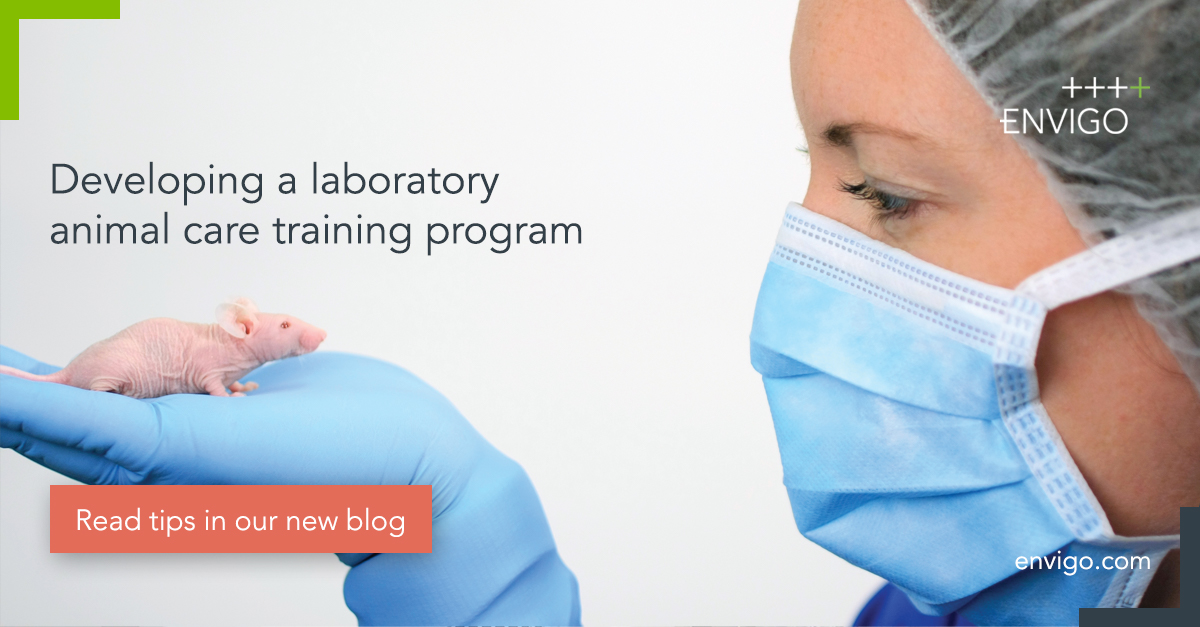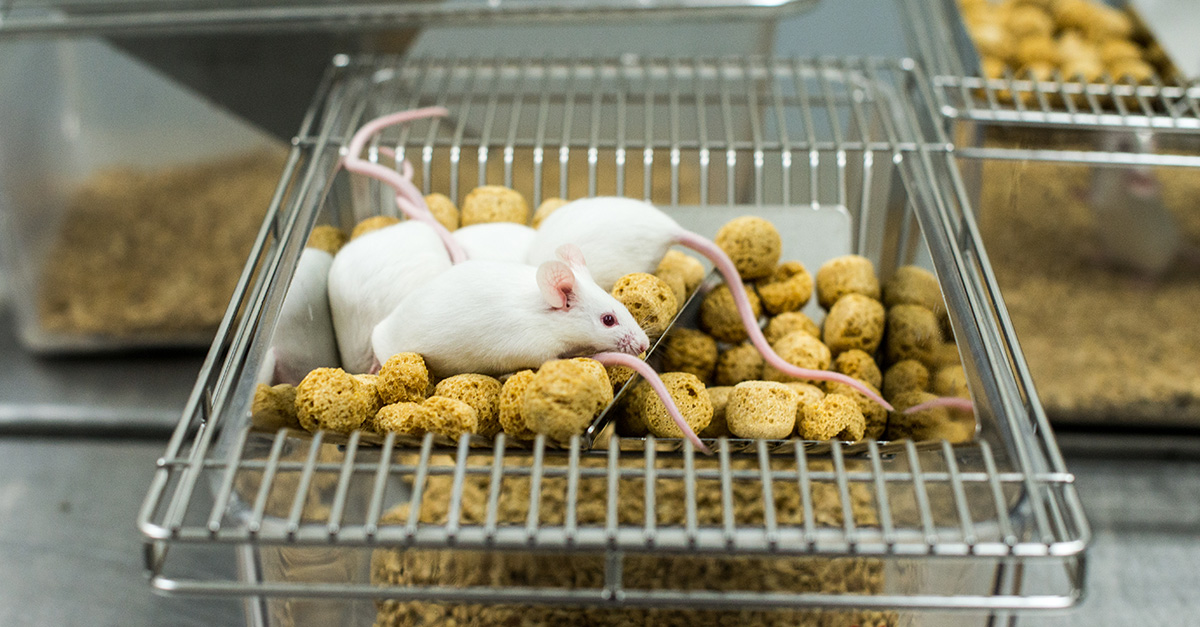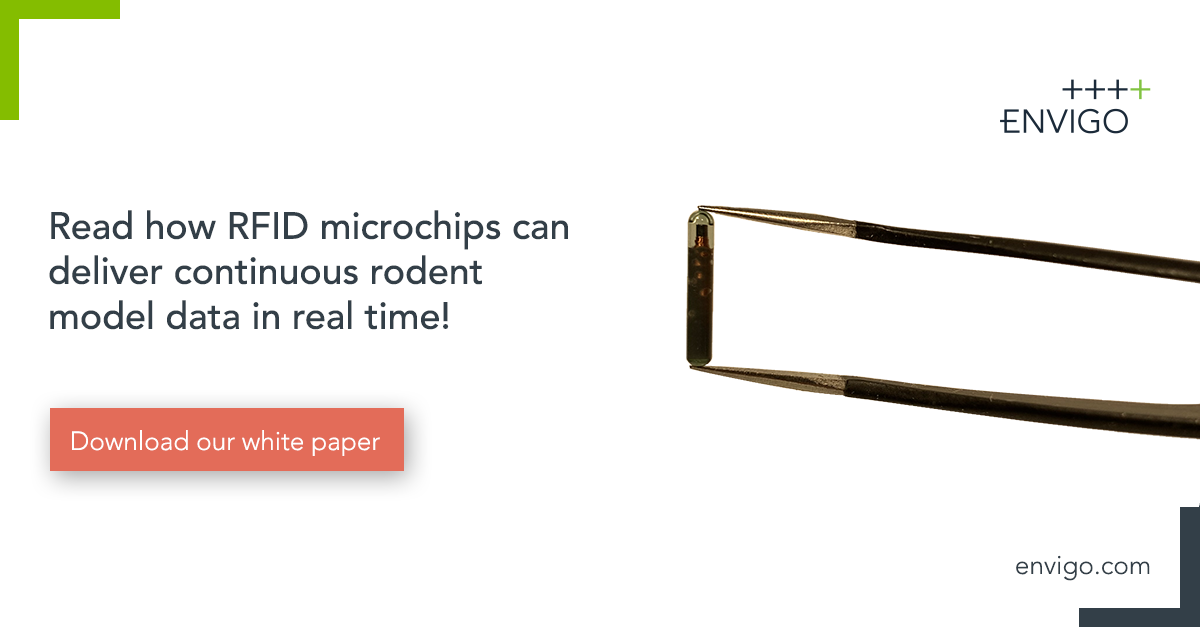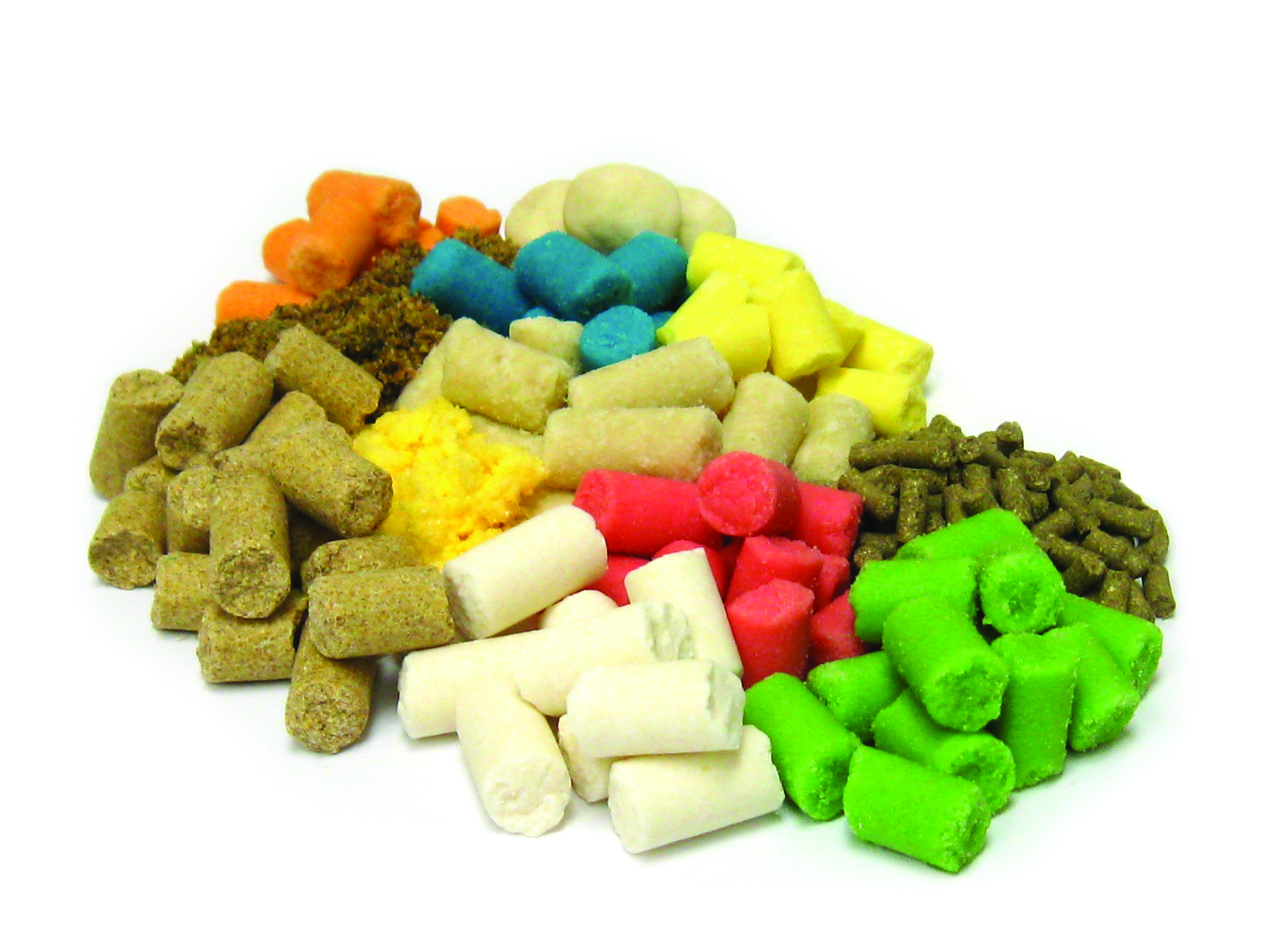

Care and husbandry for immunodeficient rodents: guidance to reduce risks in your research
Immunodeficient rodents can serve as a valuable part of basic research studies to help researchers better understand immune-related diseases and immune response. Use of these unique models have...

5 key research industry trends
Companies, businesses and research institutions dedicated to protecting and improving human, animal and plant life continue to make breakthroughs in understanding the nature of diseases that affect...

4 tips for developing a laboratory animal care training program
The quality of research and welfare of laboratory animals greatly depends on the competence of those caring for them humanely and responsibly. That is why a comprehensive training program is vital to...

5 considerations for finding a model and running your diet induced obesity (DIO) study
Many diabetes and obesity research studies rely on diet induced obesity (DIO) models, but there are many options and considerations for maximizing the effectiveness of your study. Two Inotiv...

Best practices for bridging studies to generate data and validate a new strain
In this blog on bridging studies, we provide general best-practices relevant to oncology bridging studies, including basic study design considerations and insights that are the culmination of many...

Top 3 benefits of RFID microchips for monitoring your surgical studies
Manual surgical monitoring techniques can be tedious for lab technicians as well as animals, given the multiple welfare checks needed per day plus the need for workers to update records accordingly....

Incorporating Test Compounds in Lab Animal Diets
A convenient approach to dosing research animals is adding compound(s) to diet. Inotiv offers a service that allows researchers to add their compound(s) of interest to animal diets. When adding a...

